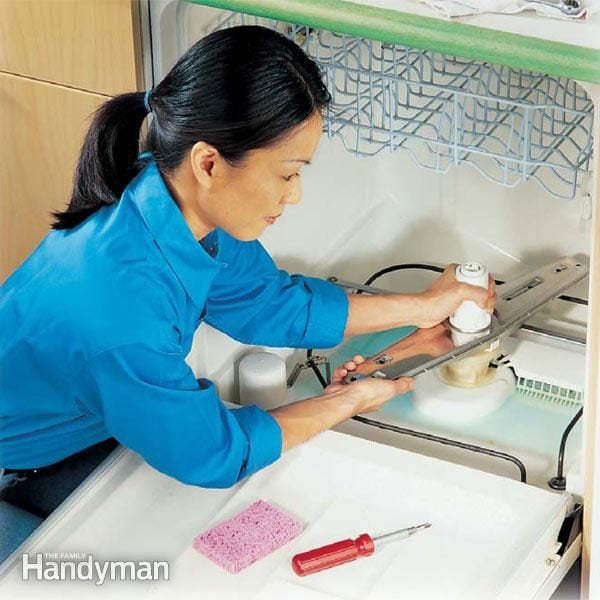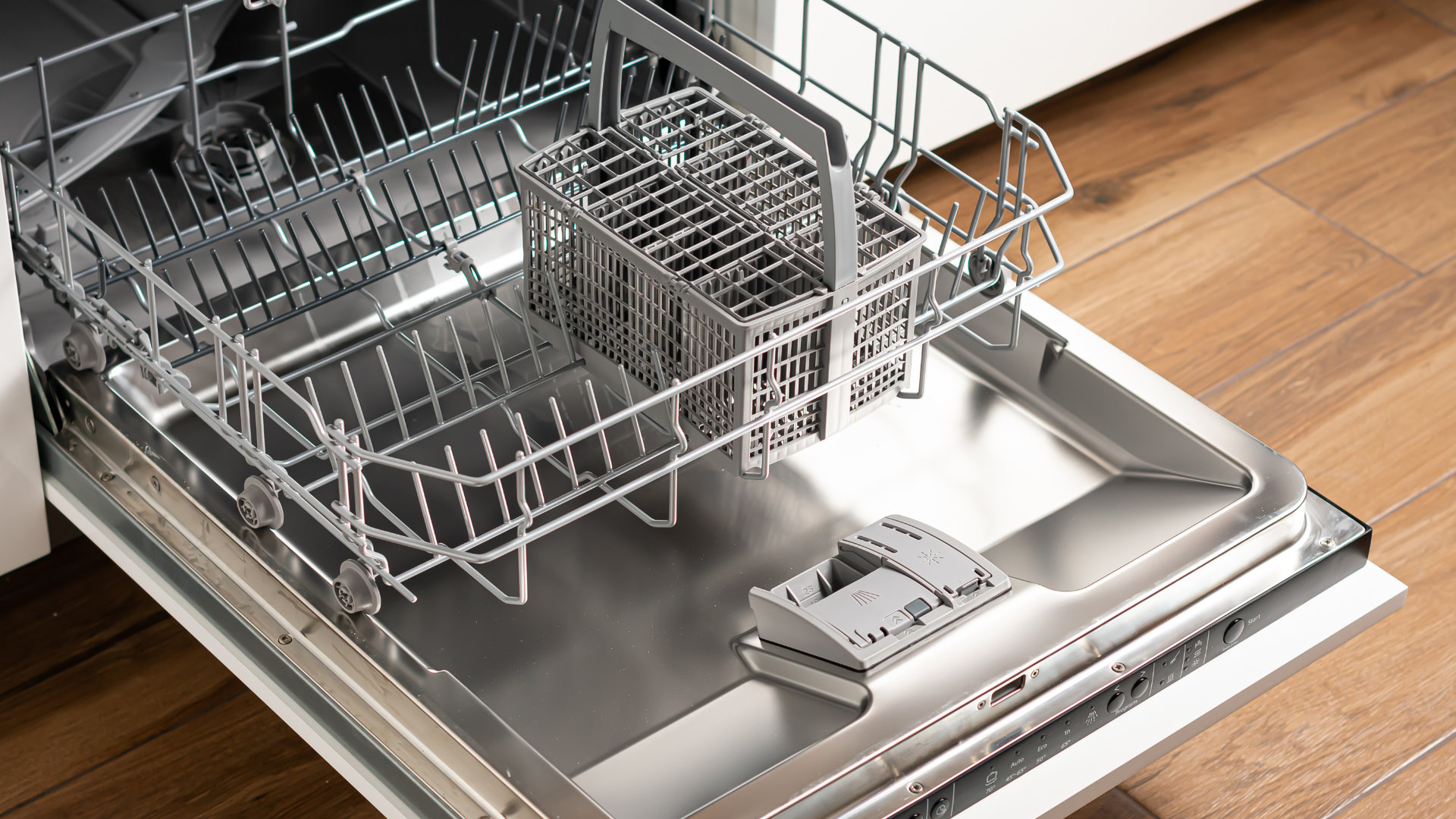What're your thoughts regarding How to Troubleshoot & Repair a Dishwasher?

Having your dish washer break down or malfunction can be a big deal and also create some discomfort at home. Dishwashers are makers that we use to clean recipes as well as cutleries automatically to conserve us the tension of manually doing it.
Like every other equipment that relieves human effort, dish washers can break down as well as develop some mistake eventually in time. There are numerous mistakes your dishwashing machine might develop, and also while a few of them can be solved by changing some parts or repairing them, various other much more extreme flaws will call for that you get a new dishwashing machine.
This short article will certainly determine a few typical faults your dish washer might develop to impede its overall efficiency and just how these faults can be addressed.
Typical Faults
Typical dishwasher mistakes might vary from minor to significant ones. Depending upon the level, you will either require the services of expert plumbers to deal with or replace it.
Several of the most usual mistakes include:
Dripping Dishwasher
This is most likely one of the most day-to-day dishwasher issue, and also the good news is that it is easy to determine. Leakages occur because of numerous reasons, and also the leaks can bungle your cooking area. Common sources of dish washer leaks consist of;
Bad-Smelling Dishwashing machine
This is one more typical dishwashing machine problem, and it is primarily caused by food particles or oil lingering in the machine. In this case, search for these bits, take them out as well as do the meals without any meals inside the maker. Laundry the filter extensively. That will certainly aid remove the negative scent. Make sure that you get rid of every food fragment from your recipes prior to moving it to the maker in the future.
Lack of ability to Drain pipes
Often you might observe a big amount of water left in your tub after a wash. That is probably a drainage problem. You can either examine the drainpipe tube for problems or obstructions. When unsure, get in touch with a professional to have it checked and also dealt with.
Does unclean appropriately
If your dishes and cutleries appear of the dish washer as well as still look filthy or unclean, your spray arms might be a trouble. In a lot of cases, the spray arms can obtain blocked, and it will certainly call for a fast clean or a replacement to function successfully once again.
Conclusion
Some of these usual dishwashing machine faults can be fixed conveniently in your home, however in some cases, the mistakes could be huge and might need the attention of specialists. If you reside in Rochester, Syracuse, and also other parts of America, let the experts properly detect what could be wrong with your dish washer as well as extend a service.
We additionally set up dish washers if you just bought a new one or plan to replace your very own. With our years of experience in the market, we are sure to provide you the best feasible services.
8 Most Common Dishwasher Problems & How to Fix Them
My Dishwasher Isn't Draining
If your dishwasher isn't draining properly, you may be having an issue with your dishwasher's drainage system. This can be caused by a variety of issues:
Clogged drain: The dishwasher's drain may be clogged with food particles or other debris. Malfunctioning pump: The dishwasher's pump is responsible for moving water through the system and out of the drain. If it's damaged or not working correctly, it could cause a drainage failure. Broken or clogged hose: The dishwasher's drain hose may be broken or clogged, causing water to back up in the system. How to Fix Dishwasher Not Draining
Check the drain for any blockages. A clogged or kinked hose will prevent water from properly draining out of the dishwasher. Use a plunger or a pipe snake to clear any debris that may be blocking the drain. Check the dishwasher's pump for damage or malfunction. Consult the manufacturer's manual or call a professional appliance repair service if you think the pump may be the issue. Check the drain hose for any damage or blockages. The hose should be straight and free of any debris or kinks. Check the drain pump filters for any blockages if the hose is clear, but the dishwasher is still not draining. Some dishwashers have filters that can become clogged with food particles or debris. Cleaning or replacing the filters may help resolve the issue. Run a dishwasher cycle to make sure the water is properly draining out. My Dishwasher Is Leaking
A leaking dishwasher can be frustrating. There are a few possible causes that you can investigate to try and diagnose the issue:
Inspect the dishwasher for any visible signs of damage or wear and tear. Look for cracks or holes in the door and around the rubber seal. Check the hoses and pipes connected to the dishwasher for any signs of leaking. If there is no visible damage, you may hear the sound of water dripping or the sound of the water pump running. This might mean a problem with the water inlet valve or the drain pump. You may also notice a puddle of water on the floor near the dishwasher. This could indicate a blocked drain hose or a faulty drain pump. Finally, check the seals around the door and the door for any signs of damage, wear and tear, or improper installation. If any of these issues are present, they must be fixed immediately to avoid further water damage. How to Fix a Leaky Dishwasher
Identify where the leak is coming from. The most common places for a dishwasher to leak include the door, hoses, and pump. If the leak is coming from the door, the gasket or seal may need to be replaced. If the leak is from the hose or pump, the damaged parts should be replaced with new ones. Finally, check all the connections and make sure they are secure and not leaking How to Fix a Dishwasher That Won't Start
The perfect remedy for a dishwasher that won't start is confirming all the components are in perfect working order and that the wiring is in good condition. Next, inspect the motor and replace it if necessary.
If these steps do not resolve the problem, contact a professional appliance repair technician to diagnose and fix the issue.
Conclusion
Most dishwashers are reliable appliances with a long lifespan. As with all devices, checking your dishwasher regularly will help you quickly identify any issues and ensure that it is running efficiently.
And if you're in the market for a new dishwasher, don't let dishwasher problems ruin your day. Upgrade to a reliable, efficient model today! Check out our full selection of top-quality dishwashers that includes a range of styles and features to suit any budget and household needs.
https://www.coastappliances.ca/blogs/learn/common-dishwasher-problems

I recently found that blog posting about How to Troubleshoot & Repair a Dishwasher while doing a lookup on the web. Do you know anybody else who is serious about the subject? Be sure share it. Thank you so much for your time invested reading it.
Article